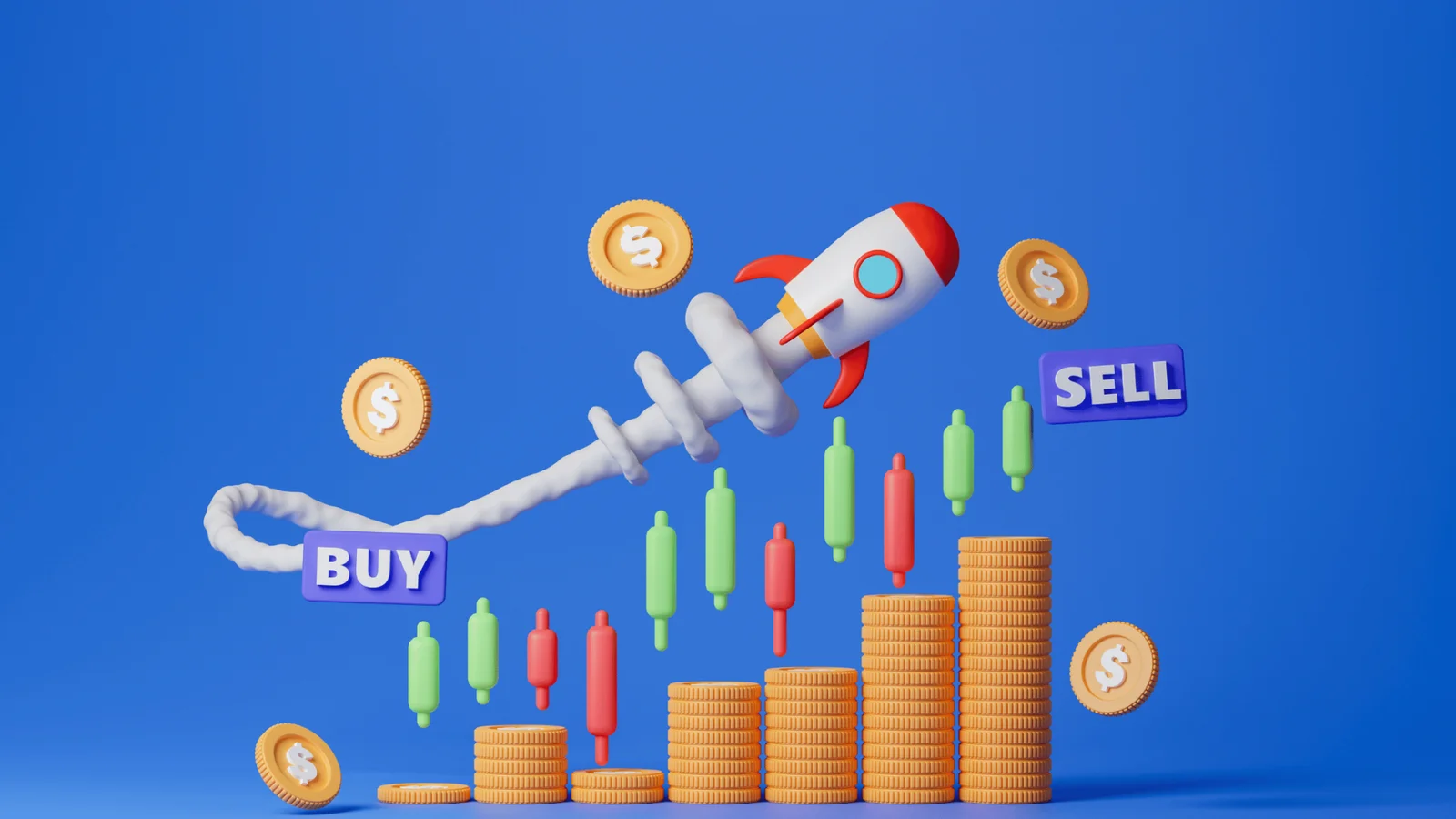In the ever-evolving landscape of B2B SaaS digital marketing, cutting through the noise and reaching your target audience can feel like an uphill battle. Traditional advertising methods—cold calling, print ads, and generic email blasts—are no longer sufficient to drive meaningful engagement. Today, the real battleground lies on social media platforms, where your prospects are actively seeking knowledge, insights, and solutions.
Yet, many B2B SaaS companies still underestimate social media advertising, dismissing it as a tool better suited for B2C businesses. The truth? Social media advertising is one of the most powerful growth drivers for B2B SaaS brands, offering unmatched precision, measurable ROI, and opportunities to position your business as a thought leader.
This blog dives deep into why social media advertising is a game-changer for B2B SaaS brands, explores technical considerations for different platforms, and provides actionable strategies for building winning campaigns.
Why Social Media Advertising Matters for B2B SaaS
The B2B decision-making process has fundamentally transformed. Company leaders and stakeholders now actively consume industry insights, research competitors, and seek solutions through social channels before ever speaking with a sales representative. This creates an enormous opportunity for SaaS businesses to step into that digital space and become a trusted partner early in the buyer’s journey.
What sets social media advertising apart is its ability to deliver relevance at scale. Instead of broadcasting generic messages to broad audiences, SaaS companies can tailor their campaigns to specific industries, job titles, company sizes, or even individual accounts. This level of precision ensures that marketing investments are focused on those most likely to benefit from the solution, maximizing efficiency and return on ad spend.
Beyond targeting, social media also allows B2B brands to position themselves as thought leaders. By showcasing case studies, product innovations, or insights on industry challenges, SaaS companies can build credibility and stay top-of-mind among potential buyers. Over time, this presence not only fosters trust but also helps shorten sales cycles, as prospects already view the brand as an authority before initiating conversations.
Understanding the Social Media Advertising Landscape
Each social platform brings its own strengths and nuances, and recognizing these differences is essential for running effective campaigns. While the overall goal—connecting with the right decision-makers—remains constant, the approach varies depending on where your audience is most active.
LinkedIn is widely recognized as the premier platform for B2B engagement. It offers unmatched professional targeting, allowing SaaS brands to reach specific roles such as CTOs, CIOs, or procurement heads, while also narrowing down by company size or industry vertical. Its ad formats, from sponsored content and carousel ads to video campaigns, are ideal for showcasing value propositions or thought leadership material. A SaaS company launching a new product feature, for example, could leverage LinkedIn video ads to highlight its impact, supported by detailed targeting to ensure the right executives see the message.
Twitter (X), on the other hand, thrives on immediacy and thought leadership. SaaS brands can use the platform to engage in industry conversations, share timely insights, and connect with influencers who shape market perceptions. For businesses aiming to establish authority in fast-evolving sectors like cybersecurity or AI, Twitter provides a space to insert themselves into discussions as they happen, increasing visibility and reinforcing credibility.
Though often overlooked in B2B contexts, Facebook’s ad ecosystem continues to be highly effective, especially when it comes to retargeting. Its ability to build custom and lookalike audiences enables SaaS companies to re-engage website visitors or target users similar to existing customers. This makes Facebook particularly useful for nurturing leads who may not yet be ready to buy but are already aware of your brand.
Finally, YouTube offers a unique advantage through the power of video storytelling. For SaaS companies with complex solutions, explainer videos, product walkthroughs, and customer testimonials can significantly influence buying decisions. YouTube’s targeting capabilities—based on search history, interests, and behaviors—allow SaaS brands to position their content directly in front of potential buyers during the research phase.
Together, these platforms form a multi-channel ecosystem where B2B SaaS companies can reach prospects across different stages of their journey—from awareness and education to consideration and conversion.
Crafting a Winning Strategy

Understanding the platforms is just the beginning. To succeed with social media advertising, SaaS companies need a clear, goal-driven strategy. The first step is to define what success looks like. Some businesses prioritize brand visibility, aiming to be seen as leaders in their niche. Others focus on capturing leads through content downloads, free trials, or demo requests. Having this clarity ensures campaigns are designed with the right objectives in mind.
Next, the message must align with the audience’s needs. In B2B SaaS, decision-makers are rarely swayed by flashy advertising alone. Instead, they want evidence—data-driven insights, industry benchmarks, and proof that the solution can address their pain points. Campaigns that highlight measurable outcomes, such as cost savings, efficiency improvements, or enhanced compliance, tend to resonate the most.
Content plays a pivotal role here. A well-structured white paper promoted on LinkedIn can attract senior executives, while a short, engaging explainer video on YouTube can break down a complex feature for mid-level managers. Similarly, Twitter posts sharing quick insights or live event commentary can keep the brand visible in ongoing industry conversations. The key is to adapt content formats to each platform while maintaining consistency in brand voice and message.
Finally, no strategy is complete without measurement and optimization. The true strength of social media advertising lies in its ability to provide real-time performance data. By monitoring metrics such as engagement rates, conversion costs, and pipeline influence, SaaS marketers can continually refine their campaigns. A/B testing ad creatives, experimenting with different audience segments, and adjusting budgets based on results ensures sustained improvement over time.
Conclusion
Social media advertising is no longer a peripheral tactic for B2B SaaS companies—it is a central pillar of modern digital marketing. With its unmatched targeting precision, ability to foster authentic engagement, and robust measurement tools, it allows SaaS brands to connect with decision-makers more effectively than traditional methods ever could.
By carefully selecting platforms, tailoring content to audience needs, and optimizing campaigns based on data-driven insights, B2B SaaS businesses can transform social media from a branding tool into a scalable growth engine. In a market where competition is fierce and buyer attention is scarce, those who master social media advertising will not only stand out but also lead the conversation in their industries.
"For B2B SaaS, social media advertising isn’t just visibility — it’s velocity. The right message in the right feed can turn awareness into adoption."






